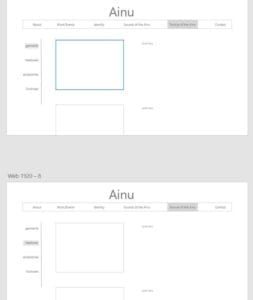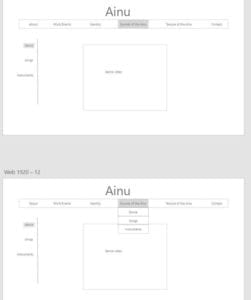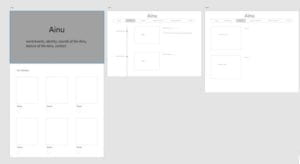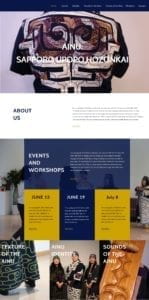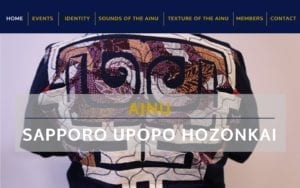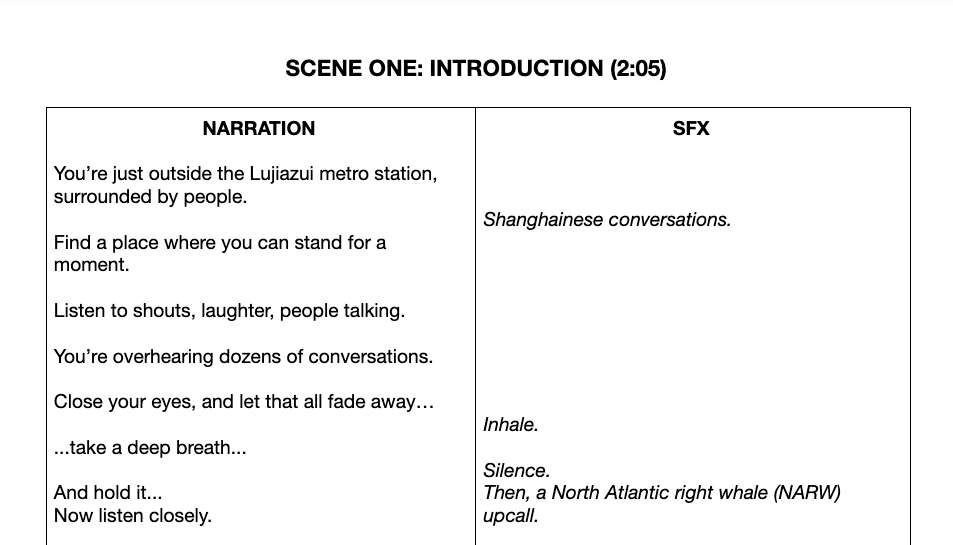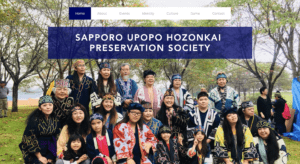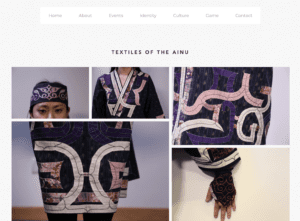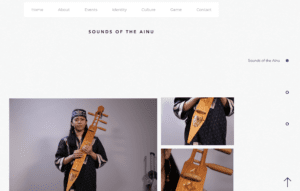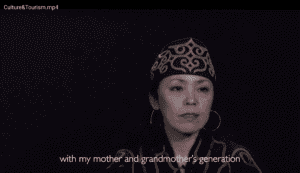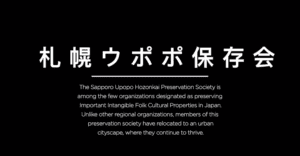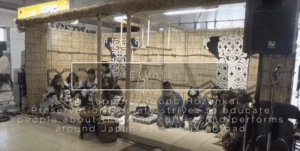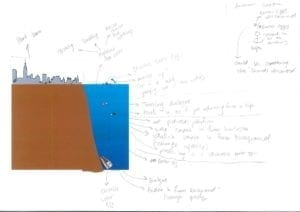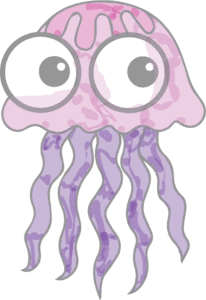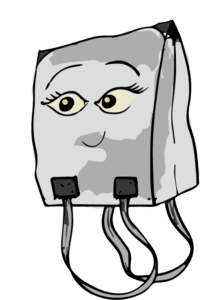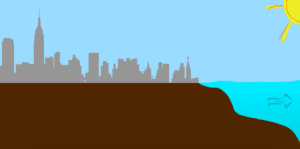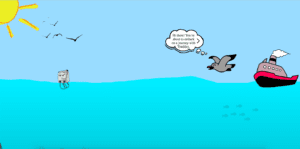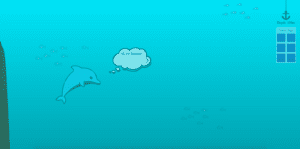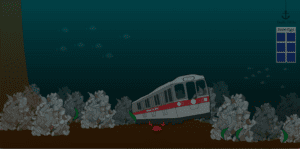Purpose & Description
For the final project, my partners Theresa, Sabrina, Vicki and I made an audiovisual website for the Sapporo Upopo Honzonkai. We wanted to create an audiovisual website because we want to help better represent the Sapporo Upopo Honzonkai group since they wanted to establish a modern image as one of the only Ainu Preservation groups that live in an urban environment. We divided the work amongst our four members. Vicki and Theresa were in charge of website design and layout, and Sabrina and I were responsible for creating content. Moreover, we also collaborated with the other group working on an Ainu game. We shared all our footage with them and in the end, we included their game onto our final website which really tied the website together.
Live Demo
Process
We first tackled the assignment by researching about the Ainu. We learned a lot about their history and also grasped a sense of identity that the Ainu wanted to preserve. Later, we communicated with our clients, the Sapporo Upopo Honzonkai, who told us that they wanted to create a more modern image as the Ainu. This is particularly interesting since the Sapporo Upopo Honzonkai is one of the few groups that live in an urban cityscape. Therefore, we were determined to connect their cultural heritage with their modern identity for the final product. Initially, we wanted to incorporate a podcast on the website, but as our idea developed further, we changed the podcast idea into an interview, since they spoke in Japanese, so it made more sense for subtitles to appear, and video works better than audio this way.
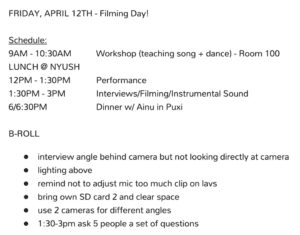
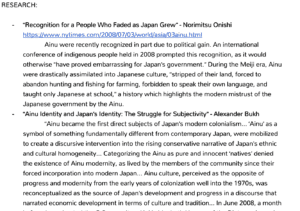
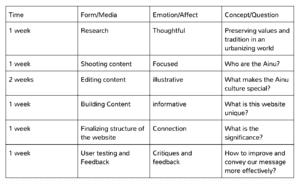
When the Preservation Society came to NYU Shanghai for their performance and workshop on April 12, it was our only chance to talk to them and record footage. Sabrina and I split up our duties and she mostly concentrated on shooting their performances on a tripod as I moved around and took pictures. Sabrina was also in charge of recording the interviews, and Roslynn was there to help translate during the process. Our other teammates contributed as well. In addition, we also reaffirmed their requests when we talked to them about finalizing the website. We showed them some WIX templates for them to better visualize the final product. We decided to use WIX because it is easy to use, and when we pass it on to them, they can continue with the website or add new information. Also, they told us some new requests, such as including a members page and making the website bilingual. Unfortunately, we weren’t able to execute the ladder request, due to the time crunch and language barrier. However, if we had more time and resources to translate, we would make the website in both Japanese and English. As for now, our target audience is mostly English speakers, for them to understand more about the Ainu heritage in an interesting and appealing way.
After we filmed with the Sapporo Upopo Honzonkai, we started editing the content. Sabrina edited the interview videos, and I edited the performance videos. Also, I made a one-minute montage/intro video. I combined the workshop and performance footages to create one performance video which included the name of each performance as well as a short description of the piece. For the intro video, I included archived footage provided by the preservation society and created a mashup and upbeat montage video, introducing Sapporo Upopo Honzonkai.
Challenges
One of the challenges we faced was the language barrier. Although we had Roslynn’s help to translate everything, it was still challenging in terms of content editing. For editing the interviews, Sabrina had a friend help translate everything they said during the interviews, but she struggled at first with getting started since everything was in Japanese. For me, I also had trouble with some descriptions for the performances. But with the help of Roslynn and some research, we were able to properly describe each performance and translate the interviews.
Feedback
We received numerous helpful feedback from our classmates over the last 7 weeks that allowed us to take in critiques to make the project better. One of the first feedback sessions, our classmates questioned the color choices we used for our website, which was navy blue and yellow. Navy blue was a primary Ainu color, but we chose yellow since it went well with the overall color scheme of the website. We later consulted with Roslynn and sent the Ainu group some color palette options. Eventually, they chose navy blue and a turquoise green, which looked much more cohesive and matched the desires of our clients. Also, we took in some feedback for video editing from Ann, such as audio editing and smoother transitions.
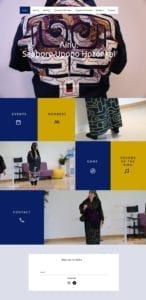
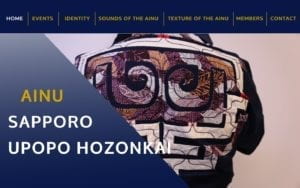
(earlier templates)
Conclusion
Overall, I am satisfied with the overall product. I think that my team members and I did a good job of creating a website according to the requests from our clients. I’ve learned about during this project about teamwork and working with real clients, as problems come up, or clients add on to their request, which in turn, requires changes. In the end, we created a product that will hopefully educate people about Ainu culture and the Preservation Society.
